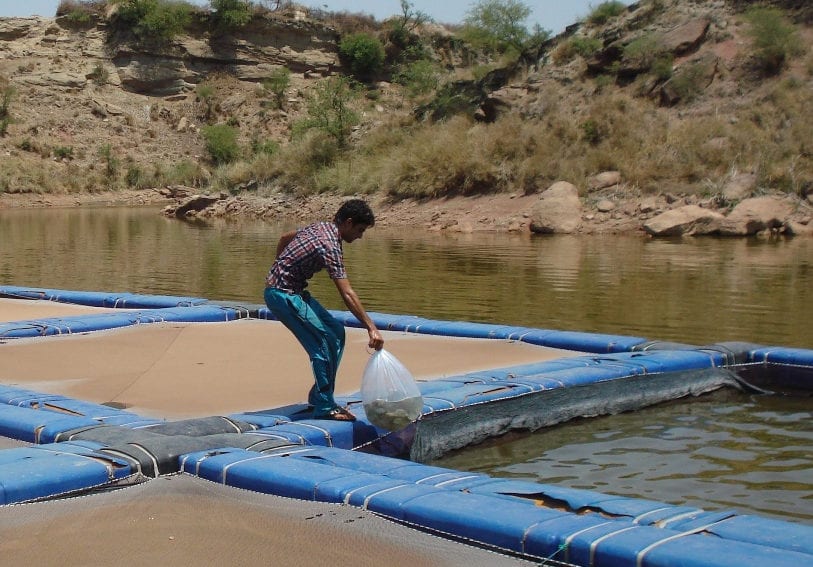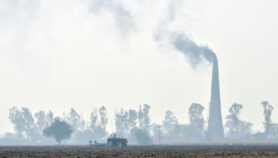By: Brendon Lee
Send to a friend
The details you provide on this page will not be used to send unsolicited email, and will not be sold to a 3rd party. See privacy policy.
[KUALA LUMPUR] Timor-Leste has embarked on a national fish farming programme in a bid to fight malnutrition and reduce poverty, its government has announced.
The national aquaculture development strategy, a combined effort with WorldFish, a CGAIR Consortium member, aims to secure a stable source of food throughout the country and to stimulate economic growth.
The impoverished South-East Asian country has struggled to jumpstart its economy since it gained independence from Indonesia in 2002. Nearly half of its one million people live in extreme poverty, and residents in mountainous regions suffer particularly from protein malnutrition.
"We aim to raise the per capita of fish consumption to 15 kilograms per person a year by 2020," says Jharendu Pant, a scientist at WorldFish. "Currently it's only around six kilograms per person a year, which is less than half the global average. By 2020 we expect aquaculture to contribute up to 40 per cent of Timor-Leste's domestic fish supplies."
The national programme will provide farmers with technical support and financial services with the aim of developing small- and medium-sized aquaculture businesses alongside existing agriculture farms. Among the species that will be farmed are tilapia, milkfish, carp and even seaweed.
"These are relatively cheap, feed low in the food chain and are easy to raise even on the smallest scale such as backyards, compared with marine aquaculture species such as grouper and sea bass. The marine species are high risk and require considerable infrastructure such as hatcheries that are simply not available," says Steve Needham, information officer at the UN Food and Agriculture Organization's Regional Office for Asia and the Pacific, which has channelled funds for the programme.
Pant adds that when research on the strategy started, "many farmers told us that they lack the resources to invest in excavating fish ponds, and purchasing initial inputs like fish seed and feed". Small-scale aquaculture farmers also complained of the lack of technical know-how and extension services to help them, he says.
"The strategy recognises these challenges and we hope to develop new infrastructure as well as train government officials and international NGO [non-governmental organisation] extension workers in aquaculture technologies to make sure there is ample support for rural fish farmers," says Pant.
Among the funders are the Spanish Agency of International Cooperation for Development, the Regional Fisheries Livelihoods Programme (RFLP) for South and Southeast Asia, and the USAID-funded Coral Triangle Support Partnership led in Timor-Leste by Conservation International.
Link to policy paper by the Regional Fisheries Livelihoods Programme
This article has been produced by SciDev.Net's South-East Asia & Pacific desk.














